How to Choose the Right Power Bank For Your Devices - JumboSouq
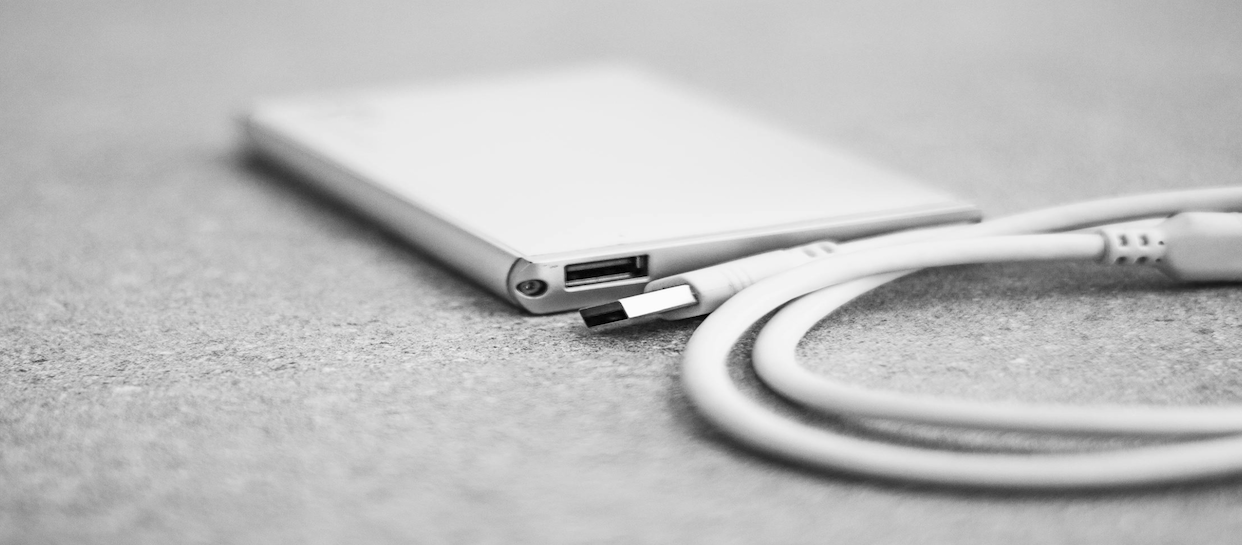
Whether you are always on the go, a commuter, or a plain gadget freak, a power bank is a true blessing. There is an option for every kind of preference, making it quite the task for one to decide. Should you go for the higher capacity or just the lightweight one? Or would you prefer USB-C or fast charging? This guide shall assist you in making an informed choice so that your devices will not run out of charge at the hour you need them.
Power Bank Capacity Explained
This is a crucial factor to consider when buying a power bank. Capacities are measured in milliampere-hours (mAh), providing the number of times a power bank can charge your devices before the power bank needs a recharge.
You may also like to read:
- Best Smartphones for Students – Top Picks for 2025
- OLED vs QLED: Which TV is the Best?
- Why a Dishwasher is a Must Accessory in the Kitchen
A general breakdown goes as follows:
2,000–5,000mAh: For emergency top-ups. Ultra-portable, these power banks are just good enough to juice up a phone between 30-50%, more or less.
10,000–15,000mAh: This is a solid compromise. A 10,000mAh power bank generally charges a smartphone 2 to 3 times or a tablet once.
20,000–30,000mAh: For long trips, business travels, or running multiple devices. Such high-capacity models can charge a modern phone up to six times or could power a USB-C laptop.
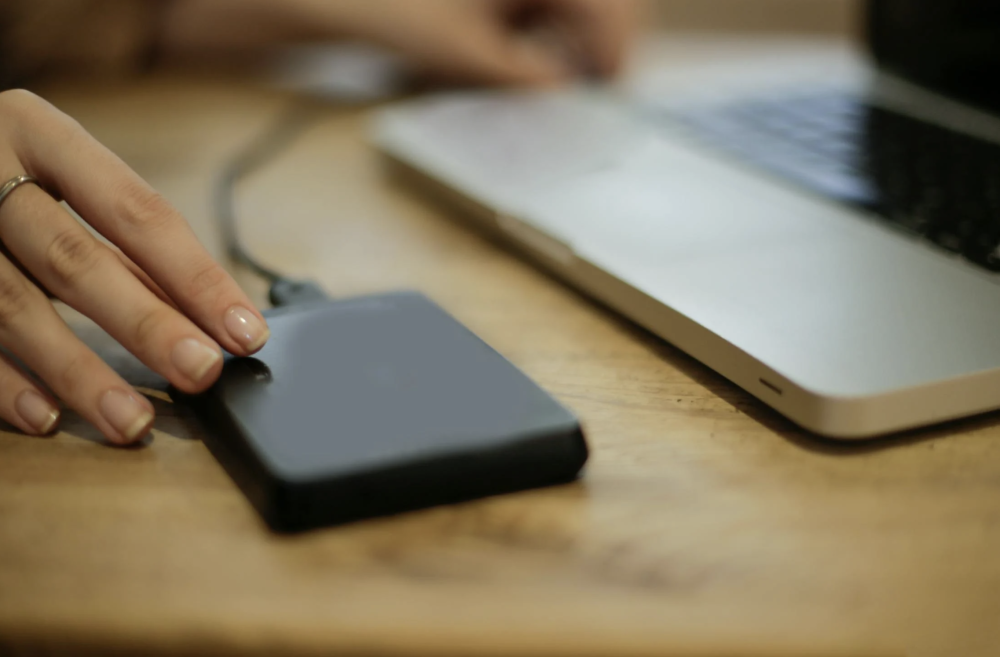
To calculate how many charging cycles you shall get: divide the power bank's effective capacity (usually 70 or 75% of its rated mAh) by the battery capacity of your device. For example, a 10,000mAh power bank after charging losses typically delivers about 7,000mAh. If your phone's battery capacity is around 3,500mAh, then you will get roughly two full charges.
It is also useful to note that the temperature, device condition, and even the apps in the background may affect actual performance. If in the outdoors or heavy-use apps such as GPS are being employed, that would draw much more power and choosing a power bank with a higher capacity would be worth it.
Size and Weight
Power banks vary greatly, depending on size and weight, which determines their portability.
Slim models below 5,000mAh power capacity could be the size of a credit card, weighing less than 150g, making them perfect for tossing in the pocket, light bags, or carrying during a commute.
10,000-15,000mAh power banks tend to fall on the heavier side between 200-300g but can easily live in a backpack or handbag, emphasising the balance between capacity and convenience.
High-capacity 20,000mAh+ models are heavier, ranging from 400 to 600g, and bulkier. They would fit best in travel bags or remote work setups.
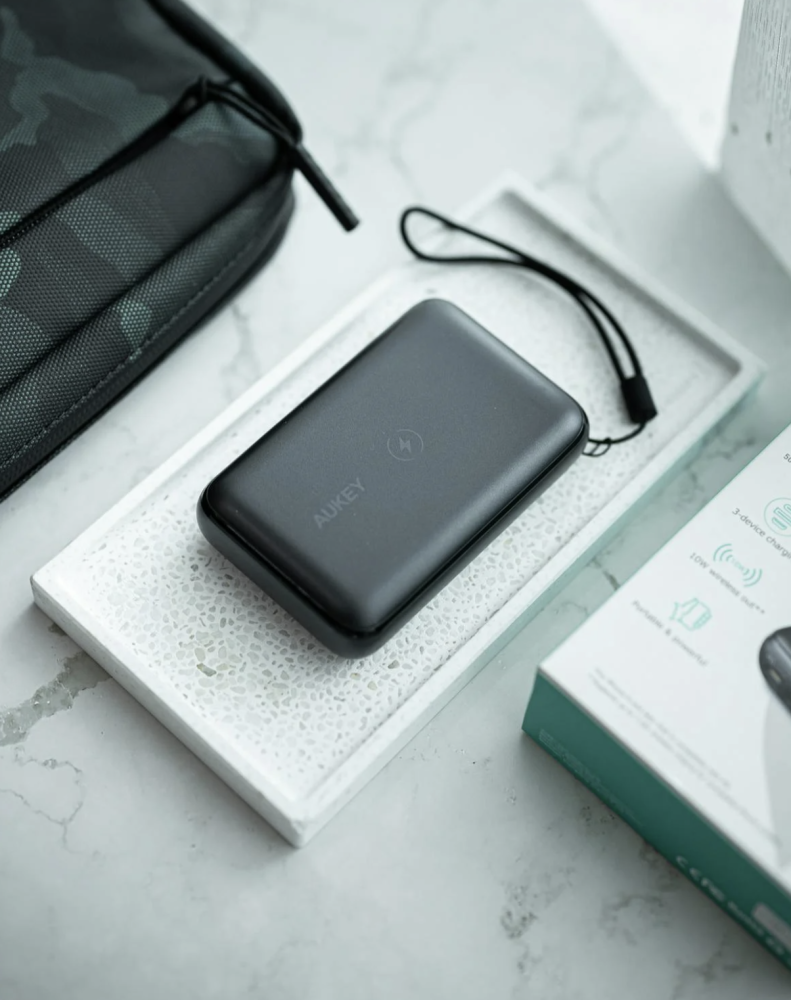
If you plan on travelling by air, consider the aviation limits. Most airlines have a limit of 27,000mAh (100Wh) for power banks. These should only be carried in cabin bags and not checked in with hand luggage.
Where and how you are going to carry one also matters. Some have built-in cables or LED lights to add to the utility, but more bulk. Others, meanwhile, are design-focused and may require a few accessories to get the job done.
Choose wisely between power and portability, so you don't get stranded or weighed down.
Shape and Style
Power banks are made in a variety of shapes and styles, appealing to different tastes and preferences:
-
Flat and rectangular: They easily go into bags, alongside phones.
-
Cylindrical or tubular: Often smaller, and fit well in pockets or handbags.
-
Wireless charging pads: These are generally quite large in shape but require no cables.
-
MagSafe-Compatible Power Banks: Designed specifically for iPhones, they magnetically attach to the back of the phone for uninterrupted charging. Many models double as MagSafe power bank wallets, providing a charging function and card holding for users who prefer minimalism.
Selecting the proper shape depends on how and where you will be carrying the power bank. Some have rugged exteriors or even solar panels, great for outdoor adventurers.
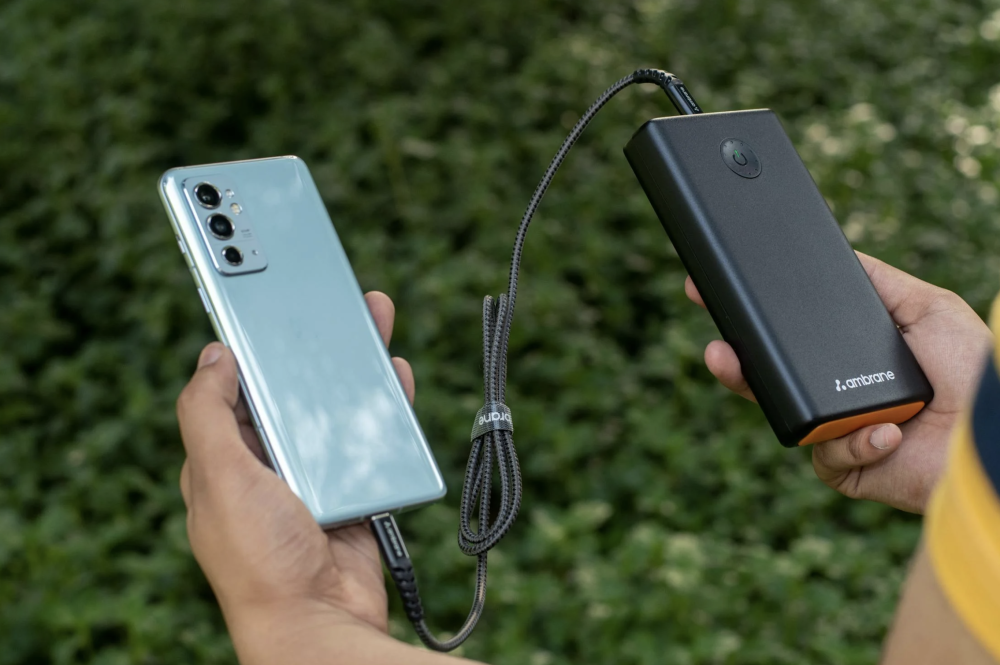
Connecting Your Device to a Power Bank
Each power bank is equipped with different port designs and connectivity options. Knowing them ensures compatibility with your devices.
1. USB-A
It is the common, rectangular USB port usually found on power banks. The port supports a lot of devices, just not charging them at speed.
Pro: Universally compatible.
Con: Limited to slower charging speeds.
2. Micro/mini USB
Being the most common method of charging the power bank itself, they are now being phased out for USB-C, but can still be found in budget models.
Pro: Very common with the older devices.
Con: Slower data and power transfer; entering obsolescence.
3. USB-C
USB-C is now an industry standard. This port supports speedy charging and power delivery, favouring newer phones, tablets, and laptops.
Pro: Faster charging and bidirectional data transfer.
Con: Some versions might require a special cable or adapter.
4. Wireless
Wireless charging pads charge Qi-enabled devices just by placing them on a pad, into which power flows from the pad onto the device.
Pro: Easy and cable-free.
Con: Typically slower than wired charging; best with one device at a time.
When buying, ensure the power bank has ports that are compatible with your devices. Having one that can boast multiple port types makes it very useful.
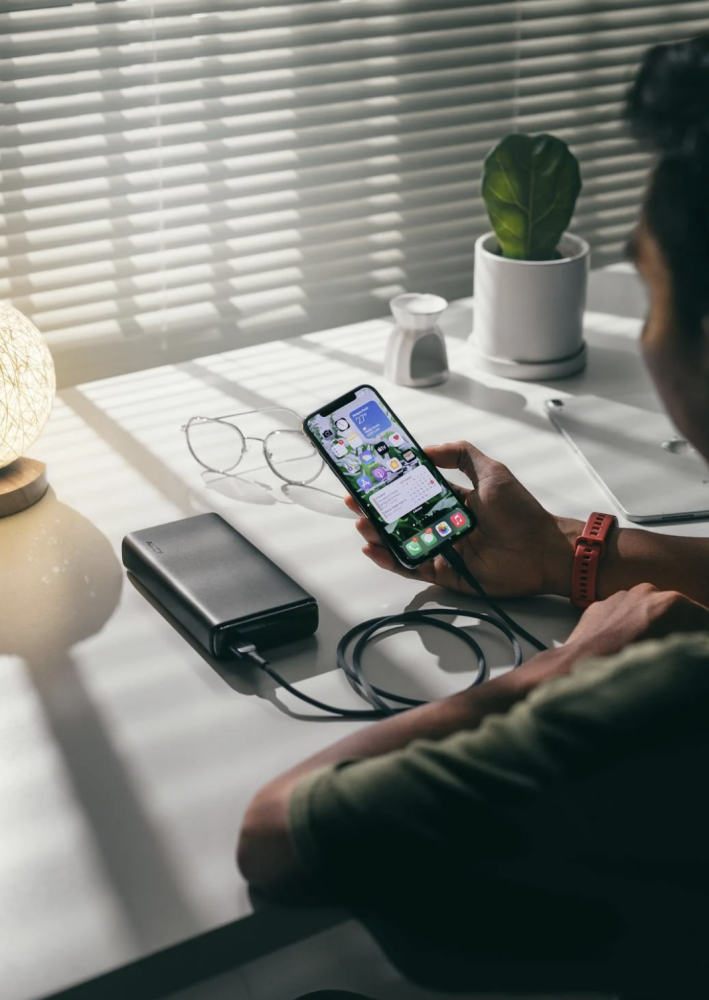
Fast Charging Explained
Fast charging is a blessing in situations where time is scarce. With a higher voltage or current delivery, or even both, it allows faster charging of the devices by a power bank.
These are some fast charging technologies that you should know about:
-
Quick Charge (QC): Developed by Qualcomm, found on many Android phones. QC 3.0 can charge the device up to 18W, while QC 4.0+ can charge even faster.
-
USB Power Delivery (PD): A truly universal fast charging standard on USB-C. It is supported by iPhones (via USB-C to Lightning cables), newer Android phones, tablets, and even laptops. PD supports up to 100W, but most power banks offer between 18 and 45W.
-
Proprietary fast charging: Some brands offer unique fast charging, such as Huawei SuperCharge or Oppo VOOC, which may not reach their full speed when charged with a generic charger.
To benefit from fast charging, three conditions need to be met:
-
The device must be fast charging compatible.
-
The power bank must deliver fast charging (look for the PD or QC logos).
-
The cable has to be fast charging compatible, meaning USB-C or certified Lightning cables.
Here is a small comparison:
From 0% to 50%
Standard USB A: 1:00 to 1:30 hours.
QC 3.0 / PD 18W: 30 to 45 mins.
PD 30W-45W: 20 to 30 mins.
Fast charging is not just a fancy thing — it is a necessity if you are always on the move or multitasking across devices.
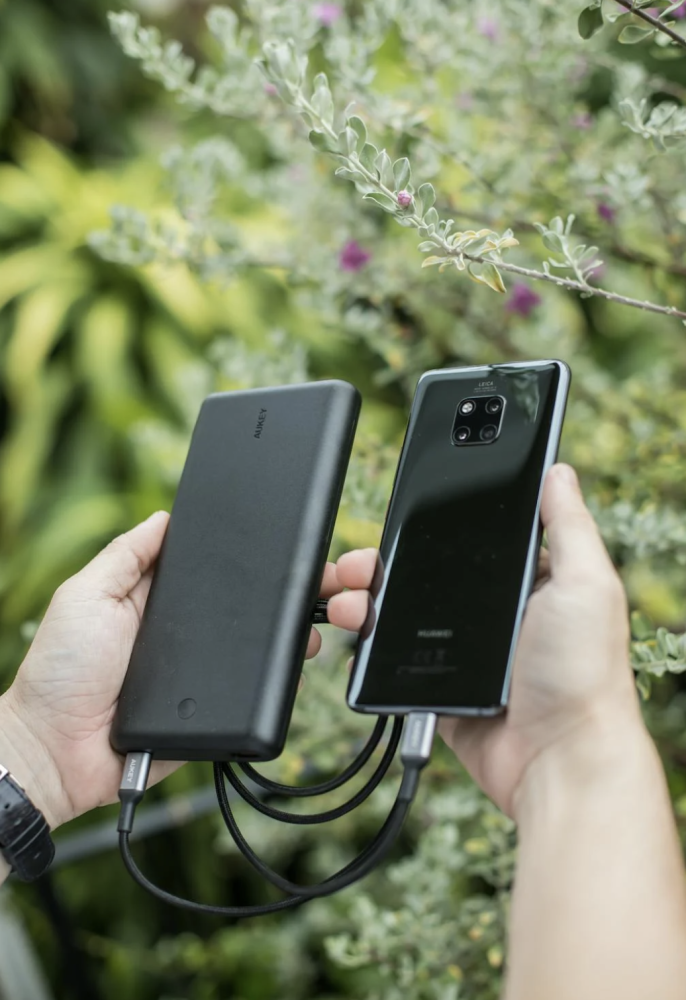
How Long Does a Power Bank Take to Charge a Device?
Charging times for different objects depend on the size of the object, the power output of the power bank, and the quality of the cable. Yet, what really gets overlooked is how long it takes to charge the power banks.
Breaking it into two parts:
Charging Your Device
Charging a standard smartphone around 3,000 mAh with a power bank might take:
-
2 1/2 to 3 1/2 hours at 1A output (slow)
-
1 1/2 to 2 hours at 2A output (medium)
-
Less than an hour at fast charge (QC or PD)
A tablet or USB-C laptop will take more power and time. For example, a 10.2" iPad will need a full 2 to 3 hours with an 18-30W fast-charging power bank.
Recharging the Power Bank
Time taken depends on the current input and the power bank capacity:
|
Power Bank Size |
Charging Port |
Time to Recharge |
|
5,000mAh |
micro USB 1A |
4 to 5 hours |
|
10,000mAh |
USB-C 2A |
4 to 6 hours |
|
20,000mAh |
USB-C PD (18W) |
Less than 4 hrs |
Using an inferior cable or a charger of mismatched power output will almost double the recharge time. Always pair your power bank with a charger and cable whose input rating matches the output of the power bank.
Do You Need USB-C?
Short answer: Yes, if your devices support it.
USB-C is quickly growing as the standard for charging anywhere around the world. It will allow for:
-
High-speed charging: With Power Delivery support.
-
Bidirectional charging: A few gadgets may even charge the power bank.
-
Universal compatibility: With phones, tablets, laptops, and even gaming consoles.
Choosing a USB-C-enabled power bank helps in making the purchase more future-proof and cuts down on the number of cables you would carry.
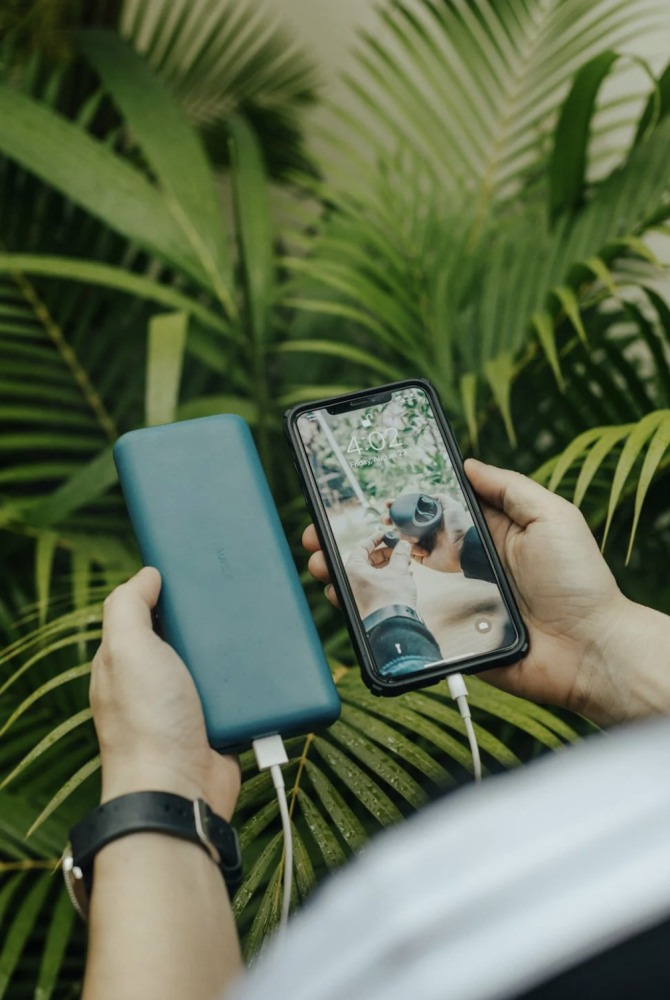
How to Recycle Your Old Power Bank
Power banks are loaded with lithium-ion batteries, considered hazardous waste. Throwing them into the regular trash is just irresponsible and dangerous. The damaged batteries could spill acids, leak toxic chemicals, or perhaps even catch fire.
Here is the proper way to dispose of such items:
-
Retailer take-back scheme: Some electronics retailers accept old power banks when you buy a new one. It’s worth asking before you make a purchase.
-
Designated e-waste collection points: Many malls, tech stores, and community recycling drives now provide bins or counters for small electronics and batteries. Always ensure the power bank is safely stored and ideally discharged before dropping it off.
-
Sustainability initiatives: Local environmental organisations or recycling companies may run e-waste campaigns or events. These are great opportunities to offload unwanted tech responsibly.
-
Manufacturer programmes: Certain brands offer recycling options — either by mail or through service centres. Check their websites or product packaging for details.
Donating a working power bank would be considered a noble act if one has upgraded his/her current power bank and no longer needs it.
Tip: Label your old power bank with “Battery – Do Not Bin” to alert waste handlers and prevent mishandling.
Responsible recycling of power banks prevents contribution to the plethora of e-waste and keeps hazardous materials out of landfills and away from Mother Earth.
What Can Power Banks Charge?
Power banks are far more versatile than the average individual would say. While smartphones constitute perhaps the most common use, these portable chargers are able to deal with a broad selection of devices:
-
Smartphones and tablets: Most models can do this with ease, particularly if there is fast charging support.
-
Bluetooth accessories: Headphones, earbuds, speakers, and smartwatches usually need a little charge and can be charged many times.
-
Handheld gaming consoles: Power banks with USB-C PD can provide efficient charging to these consoles.
-
Digital cameras and GoPros: Designers on the go are happy to have these.
-
USB-powered gadgets: Portable fans, LED lighting, desk lamps, mini humidifiers, or electric lighters.
-
Laptops: Many USB-C PD power banks nowadays generate power in the band of 30–65W, which is enough for MacBooks, Chromebooks, and other USB-C laptops.
-
E-cigarettes and Vapes: Usually running at low wattages, these charge effortlessly with basic USB outputs.
-
Medical devices: Some travellers use power banks for underpowered CPAPs or glucose monitors (check compatibility carefully).
Do check your device's power input rating always: a laptop needing 45W will not charge properly with an 18W power bank. Choose one with the right voltage and amperage.
Why JumboSouq?
In JumboSouq, we value and understand power banks: not all power banks are similar. We offer power banks that consist of options for every need, from small ones for casual users to more ruggedised versions functioning as a high court for users and travellers.
Here are the factors that set us apart:
-
Quality assurance: All the power banks are tested and certified for safety and efficiency.
-
Variety: From 5,000mAh to 30,000mAh, we have everything, in various shapes, ports, and fast-charging configurations.
-
Expert support: Our knowledgeable staff can assist you toward the right choice based on your device, use, and budget, among other factors.
-
Eco-friendly options: Recyclable packaging is available alongside disposal instructions for the batteries.
Choosing JumboSouq means you are choosing peace of mind as well.
Power bank brands available in JumboSouq:
Final Thoughts
Choosing the right power bank is more than just picking the one with the biggest battery: it's really about understanding your device needs, how often you spend time away from a socket, and how fast you want to recharge your gadgets. All the small details, from capacity, compatibility, number of charging ports, to recycling tips, matter.
With this guide, the choices are now yours. Whether it is charging the phone during a hike or pumping life into your laptop on a long-haul flight, the right power bank makes sure your gadgets stay powered up while you stay connected.












